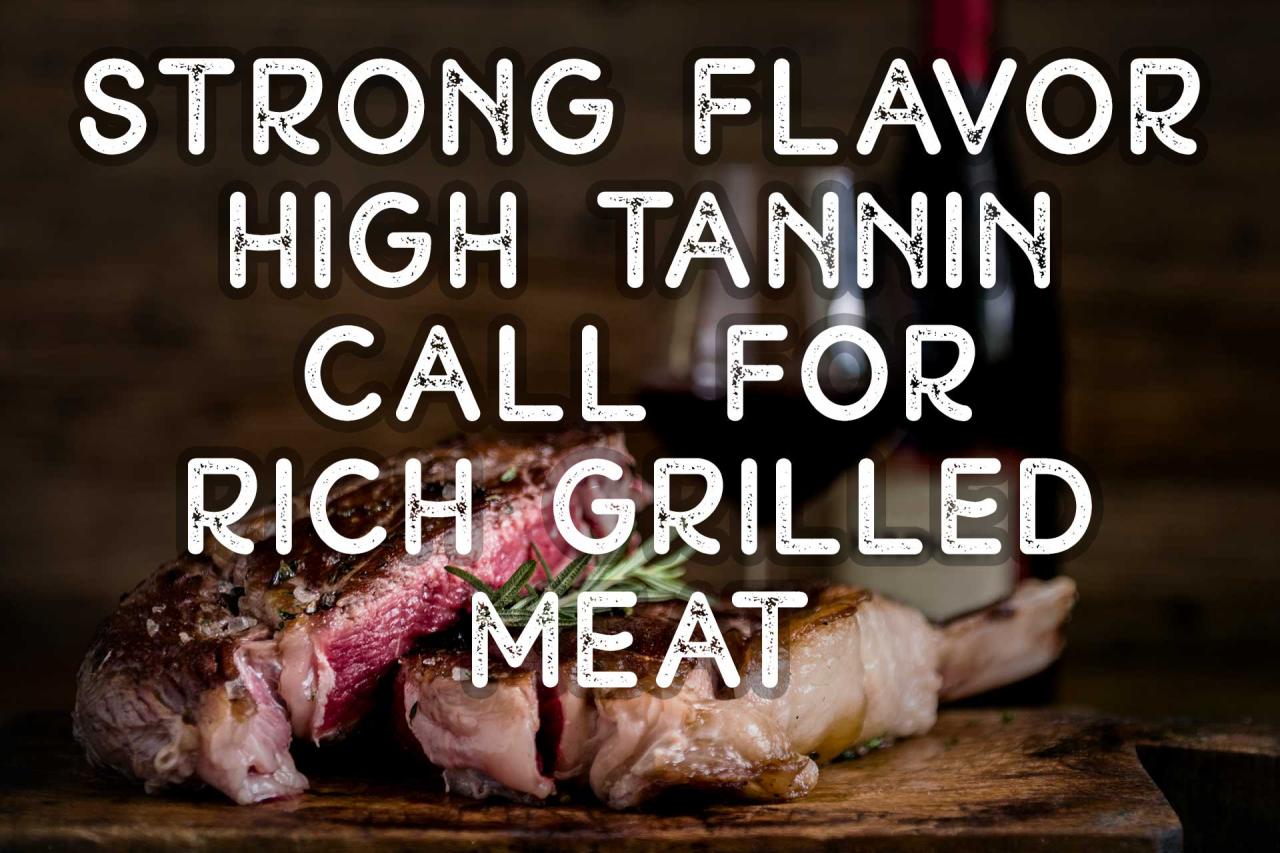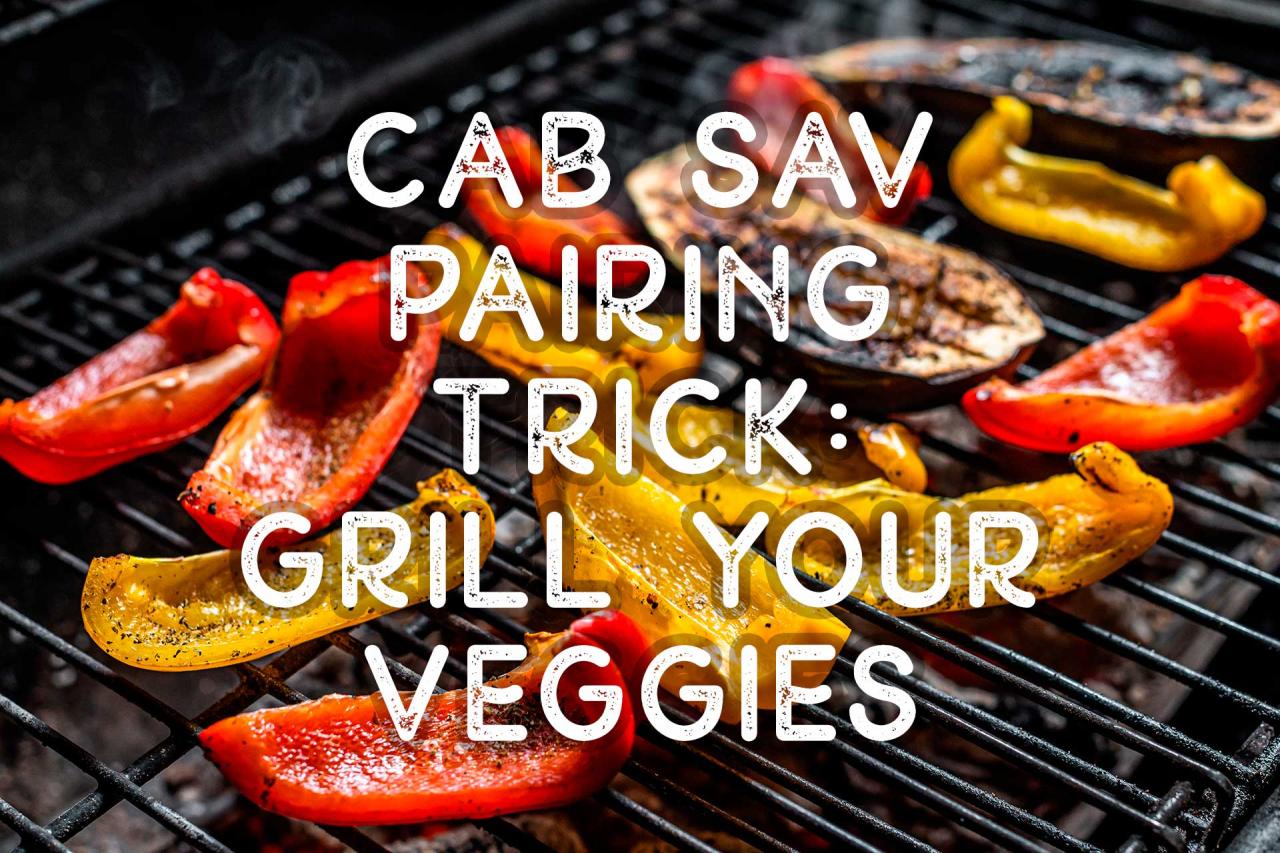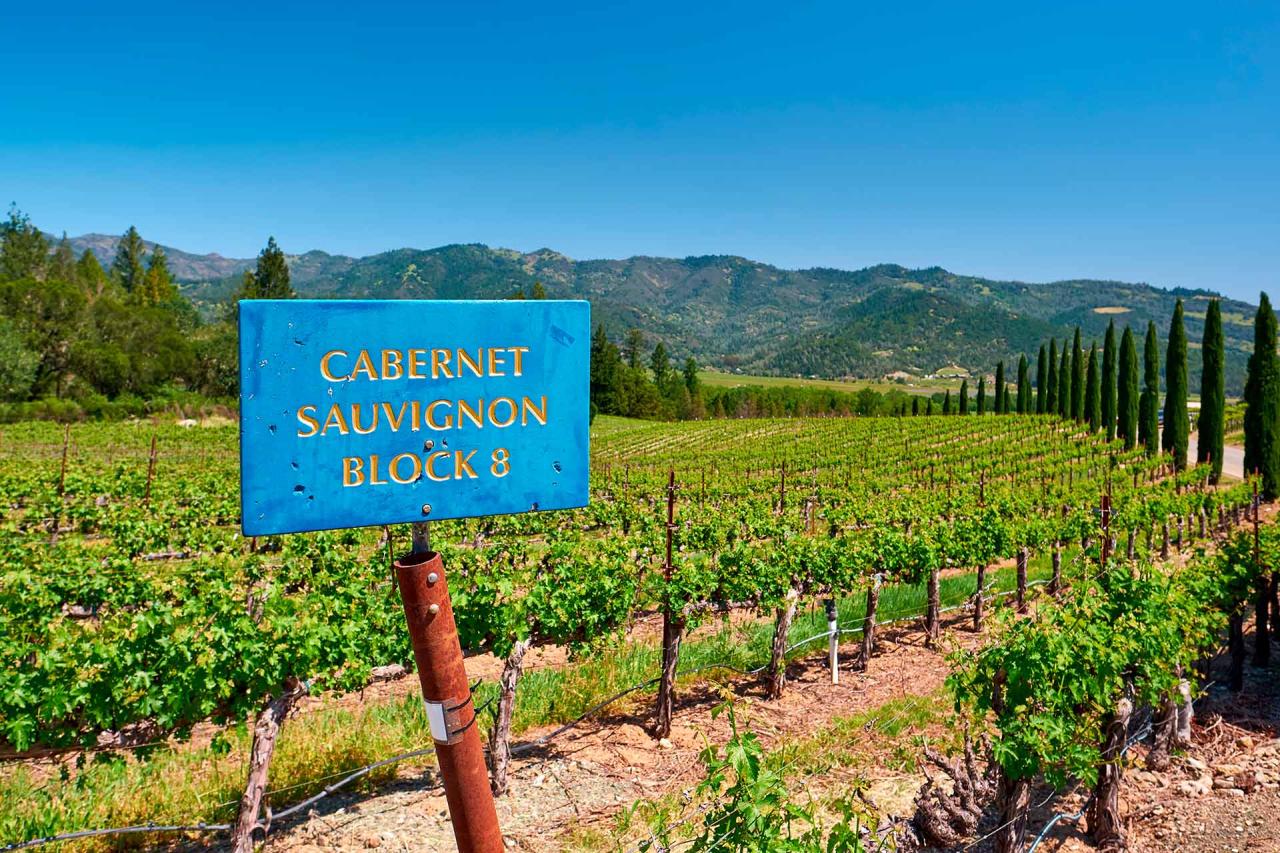This is not a wine for fish, green salads, or light vegetarian dishes. Indeed, due to its tenacious and full-on structure, its strong tannins, and decisive acidity, it goes beautifully with almost all red meats, preferably succulent and rich in flavors, with a marked tendency to fat. It is also excellent with aged cheeses and with truffles.
But within the world of Cab Sav, there are many facets linked above all to the place of origin and the aging of the wine, and these factors become key elements when pairing Cabernet Sauvignon with food.
While European Cabernet Sauvignons are almost always vinified in blends and maintain a certain harshness given by strong tannins and marked acidity, New World Cabernets are often more fruity, round, and alcoholic.
Age also plays an important role: the younger the Cabernet, the more lively and exuberant its tannic texture and acidity will be. The more the wine is aged, the greater its elegance and softness.
Let's see specifically the best food pairings with Cabernet Sauvignon.
Get updates on the latest posts and more from Wine Bugle straight to your inbox.

Cabernet Sauvignon pairing basics
Pairing food with Cabernet Sauvignon is not rocket science, but it does require some understanding of some basic rules and some of the peculiar traits of this grape.
The strong flavor and high tannin content of Cabernet Sauvignon make it a perfect companion for rich grilled meats, and dishes with an intense flavor. Tannins in particular play a fundamental role, thanks to their ability to interact with fats, making them more delicate and cleansing the palate. They also have an astringent power and can rebalance the salivation caused by foods rich in proteins.
But while young wines, with more grumpy tannins, pair well with fatty and succulent preparations, the longer-lived Cabernets, which have a more rounded structure and silky tannins, pair better with dishes with a slightly more delicate flavor (meatloaf is a good example).
Wine regions where Cabernet Sauvignon is produced
Bordeaux, France
Due to its late ripening, the ideal territory for Cabernet Sauvignon is that of Médoc, in the Bordeaux region.
The Cabernet wine that is produced in this area, as well as in the rest of the world, requires a very long maturation that allows it to develop a good bouquet of aromas and achieve a gustatory balance. In most cases in this region, Cabernet Sauvignon is used in blend with Merlot and Cabernet Franc, which balance its characteristics. The resulting wines have a firm tannic backbone, strong acidity and earthy and tobacco scents that intertwine with fruity notes.
Although its natural and native land is Bordeaux, Cabernet is grown alla over the world.
Napa and Sonoma Valley, California
In California, this grape has found an ideal habitat, particularly in Napa and Sonoma Valley. The wines that are produced, with the due differences linked to the specific terroir and microclimates, however, are quite different from the European ones. These are intense wines, rich in aromas of dark fruit even in jam, and deeply full-bodied.
Maipo Valley, Chile
In Chile, the Maipo Valley is the home of Cabernet Sauvignon. This old wine area is characterized by a Mediterranean climate and a difference in height of the vineyards from 500 to 1000 m. Chilean Cabernets also have a full body and intense fruity notes.
Barossa Valley, Australia
In Australia, Cabernet is present especially in the southern extremity, in the Barossa Valley. Mixed clayey soils with abundant minerals combined with a hot and dry climate, give life to fruity and full-bodied Cabernets.
Pair Cabernet Sauvignon with meat dishes
Cabernet Sauvignon with Steak
The general rule of thumb when pairing steak is to choose dry red wines: leaner cuts of meat pair with lighter wines, while richer, fatty cuts pair with high-tannin-content wines that can cut fat.
The richer cuts like the Ribeye or the New York Strip work deliciously with a good and relatively young Cabernet from Old World. The higher fat content gives it a buttery, rich flavor and requires higher tannins to cut through the fat and more intense aromas to balance the strong flavor of the meat.
Our Suggestion: Haut-Médoc, Château de Lamarque
Cabernet Sauvignon with Lamb chops
The characteristic flavor of lamb meat requires a wine with a good structure, which goes best with the succulence of the meat. The lamb chops recipe provides a rich bouquet of sensations, which combine the aromaticity of the herbs used in the preparations with the taste of browned meat.
Bordeaux or Tuscan Cab Sav, where Merlot or Cabernet Franc complement the blend, are endowed with the right body and subtle herbaceous notes to perfectly match lamb, enhancing its flavors without overpowering it.
Our Suggestion: Bolgheri Rosso DOC “Gattabuia”, Tenuta Moraia
Cabernet Sauvignon with BBQ ribs
Pork chops are a classic of the barbecue and grilling adds light smoky notes to the succulence and aromaticity of the meat.
Cabernet tannins make it perfect for the succulence of the meat of any self-respecting grill. And its herbaceous hints are in perfect harmony with the smoky hints of grilled meat. Its body is round and can perfectly balance the texture of the ribs.
The best choice is a wine from New World, not very young and with a nice tannic texture.
Our Suggestion: Cabernet Sauvignon "Devil’s Elbow", Longview
Cabernet Sauvignon with burger
This is a simple and appetizing dish and, whether you decide to have it sent home or to cook it, it will taste much better if paired with an excellent red wine. The combinations are endless and vary according not only to the type of meat but also to the sauces and the other ingredients.
A young Cabernet with its fruitiness and herbaceous aromas will perfectly match the tomato, and the pungent flavor of the cheddar, and will cleanse the palate from the richness of the meat and sauces.
Our suggestion: Cile Colchagua Cabernet Sauvignon, Los Vascos
Cabernet Sauvignon cheese pairing
When pairing Cabernet Sauvignon with cheese, it is important to look for cheeses with a little fat, such as aged cheddar or gouda. Avoid soft cheeses; the best cheese for Cabernet Sauvignon will be hard and with some character, either if you are having it at the end of the meal or as a complement to a specific dish.
The fatness of the cheese tames strong wines, making them less tart and more approachable. And the fruity flavors of a New World Cab Sav create perfect harmony with a cured cow's milk cheese such as a Gouda, Cheddar, or Gruyere.
If you like the herbaceous notes that can sometimes be found in Cabernet Sauvignon, pair it with a piece of herb cheese, such as a rosemary-crusted sheep's cheese.
Likewise, you can enhance the earthy qualities of a medium-aged Old World wine with a young Pecorino with truffles.

Pair Cabernet Sauvignon with vegetarian dishes
We have fully explained why the best food with Cabernet Sauvignon is meat, but thanks to its earthy and herbaceous aromas this wine can also be combined well with vegetarian preparations, as long as they are rich and substantial dishes. The trick here is to select foods with intense flavors or choose a cooking method such as grilling that adds notes that go well with oak-aged Cabernet Sauvignons.
For example, grilled portobello mushrooms or a smoked black bean burger are great plant-based alternatives that still pack a meaty punch. Vegetables such as eggplant and cauliflower benefit from the grilled effect. The classic eggplant Parmigiana, where even the tomato goes well with wine, is an excellent vegetarian pairing with Cabernet Sauvignon.
And since the earthy and decisive flavors of this structured red wine go perfectly with mushrooms or truffles, the pairing with risotto with mushrooms or with truffles is a must-try.
Can you pair Cabernet Sauvignon with Italian food?
Of course, you can. Cabernet pairing with Italian food is a great match. This is a versatile grape variety that can work with a large variety of Italian recipes. In particular, it goes perfectly with some of the more traditional risottos, such as the one with truffles, mushrooms, or radicchio.
But, in addition to this, Cabernet Sauvignon also goes very well with rich tomato-based dishes. And, given that Italian cuisine is rich in tomato sauce-based dishes, such as wild boar ragù, or the eggplant Parmesan, the choice is wide and very tasty!!
Cabernet Sauvignon how to serve
Cabernet is a powerful wine and it is important to serve it at its optimal conditions. So, before exploring any Cabernet Sauvignon pairing with food, let's see how to drink Cabernet Sauvignon to best enhance its characteristics.
The serving temperature varies from 16 to 18°C (60 to 65°F).
If you have the opportunity, do not forget to decant the wine, to allow it to release all its aromas and perfumes.
Needless to say, you must choose large glasses that allow the wine to oxygenate.
Once the bottle is opened, the wine inevitably comes into contact with the oxygen in the air (its worst enemy) and gradually begins to oxidize. But the high presence of tannins which are powerful antioxidants and, preserve the wine from the harmful effects of oxygen, allows preserving the wine for a couple of days, possibly always with an antioxidant cork.

